Podcast: Play in new window | Download | Embed
Earlier this year, I caught up with Passive House Canada CEO, Rob Bernhardt while he was in the country courtesy of the New Zealand Institute of Quantity Surveyors. I was keen to ask Rob what we could learn from his success in growing Passive House in Canada.

Rob Bernhardt is not a builder. He’s not an architect. He is someone who become so convinced about the benefits of Passive House after building and living in his own, that he went on to become the CEO of Passive House Canada.
Rob first came across Passive House around 2010 when he was already retired and looking to build a home for himself and his family. In Rob’s words, he wanted to building something ‘worthwhile’, but none of the regular houses on offers seemed to stack up. He kept on looking and reading about how to build a ‘good home’ that would stand the test of time. Eventually, he came across Passive House.
When you start reading about Passive House, its sounds kinda cool.
Passive House Makes Sense
Passive House “made sense”, explained Rob while recounting his experience of reading and find out more. He felt that adopting Passive House systems and practices would address all the things that mattered.
Rob also came across some resistance and some of the usual excuses as to why Passive House is too expensive and won’t work. He pushed through these and with the help of his son, built their family home.
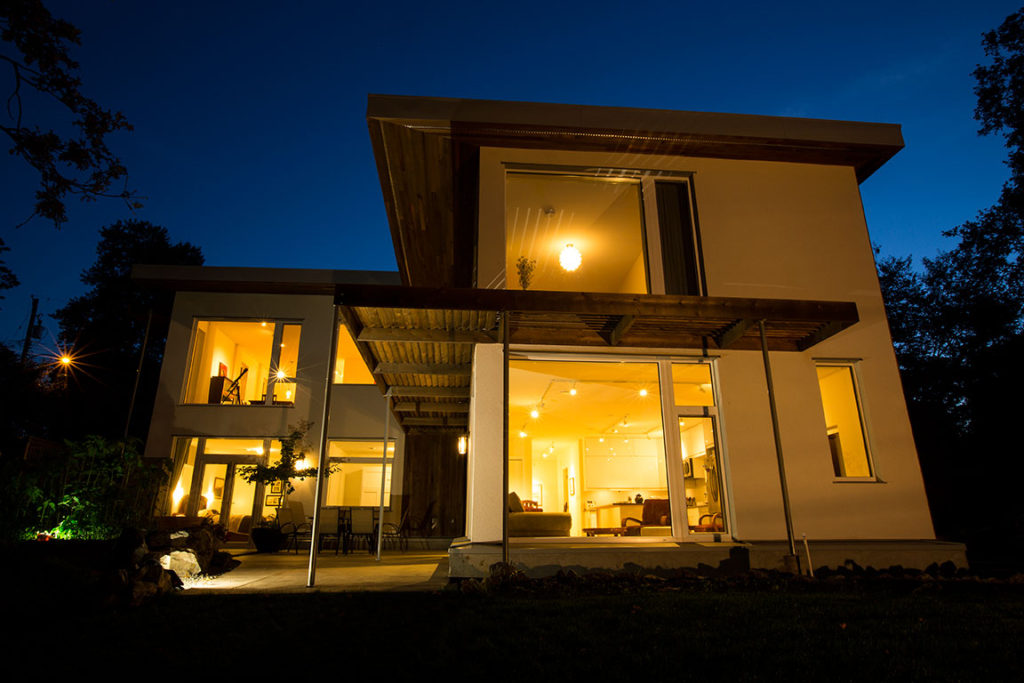
Passive House Makes Business Sense
While seeing his own home come together, Rob felt that Passive House didn’t just make sense for him and his family, it would also make good business sense. He was convinced that other people would want something similar.
Local realtors disagreed, but Rob realised that he didn’t need to follow mainstream real estate agents’ advice or methods. All he needed was a few people interested in high quality, good performance buildings that ‘make sense’. And sure enough, as he anticipated, there were enough people in the local area to warrant a second project, this time a 6 unit condominium.
We don’t need to sell 500 of them. We only need a sell a few. And somewhere in this city, there’s a few people who will understand this.
From this initial success, Rob went on to develop and sell a number of other Passive House projects around Canada.
The best time to sell a Passive House
When he was developing and selling Passive House buildings, Rob didn’t sell off the plan because he didn’t think people would fully understand or appreciate the value at this stage. He was successful in selling houses when the walls were up and in the insulation was in.
This makes perfect sense. The best time to sell a Passive House is before the wall linings go on. This is when you can actually see the extra insulation, the airtightness details and the ventilation system. These are the systems that make a Passive House work, and they’re the systems that are not obvious on a drawing, and invisible when the building is complete.
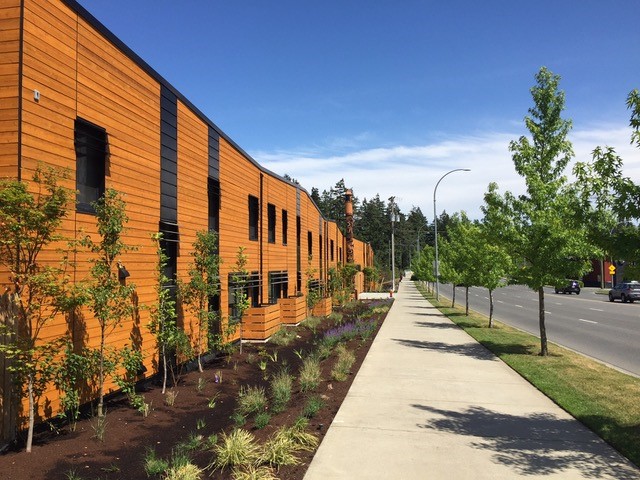
Leading Passive House Canada
As Rob was developing Passive House projects, he assisted with the establishment of Passive House Canada, eventually transitioning to a full time position as the CEO. The team has since grown to a staff of 8, plus an instructor pool of 14 and Rob is active internationally, spreading the word about Passive House and contributing to Passive House Canada’s affiliation with the International Passive House Association.
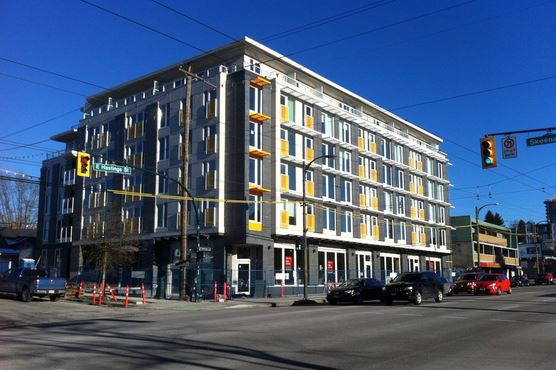
What do Canada and New Zealand have in Common?
According to Rob we apologise a lot here in New Zealand, just like Canadians.
We also complain a lot about our building standards. We know they’re bad.
Rob also thinks that our standards are not all that different, it’s just than in the extreme cold of Canada, houses are generally kept warm in winter out of necessity.
What’s Different?
There is clearly more awareness and more demand for Passive House in Canada than there is New Zealand at the moment. Much of this was started by groups like Passive House Canada, being led by people like Rob.
More lately, government agencies have come on board to help drive the demand for buildings that perform close to Passive House standards.
There are a number of government agencies in Canada that are clearly signalling where building standards are going and while these don’t currently refer to the name ‘Passive House’, some of the performance standards align so closely, that Passive House makes increasingly more sense for developers.
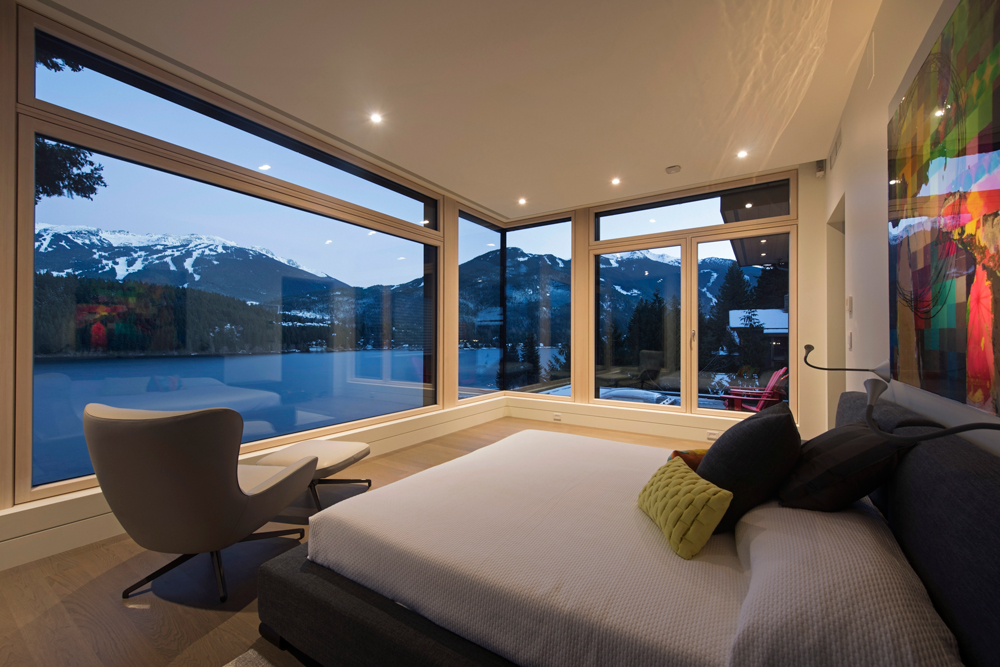
Public Sector Engagement
Some Canadian jurisdictions are incentivising Passive House using tools like density bonuses and expedited building permits. Rob says that these programmes are largely driven by Canada’s clear commitment to climate change mitigation. In Rob’s view, this level of public sector engagement is required for large scale uptake.
Check out the Energy Step Code, a great working model for policy change towards energy efficiency. New Zealand and Australia would do well to adopt something similar to send a clear signal to the industry of where we want to head, and when.
Thanks to the New Zealand institute of Quantity Surveyors for bringing Rob to New Zealand earlier in 2018.
And thanks to pro clima for making this show possible!
It’s amazing how easily people can change the world. The world is run by those who show up.
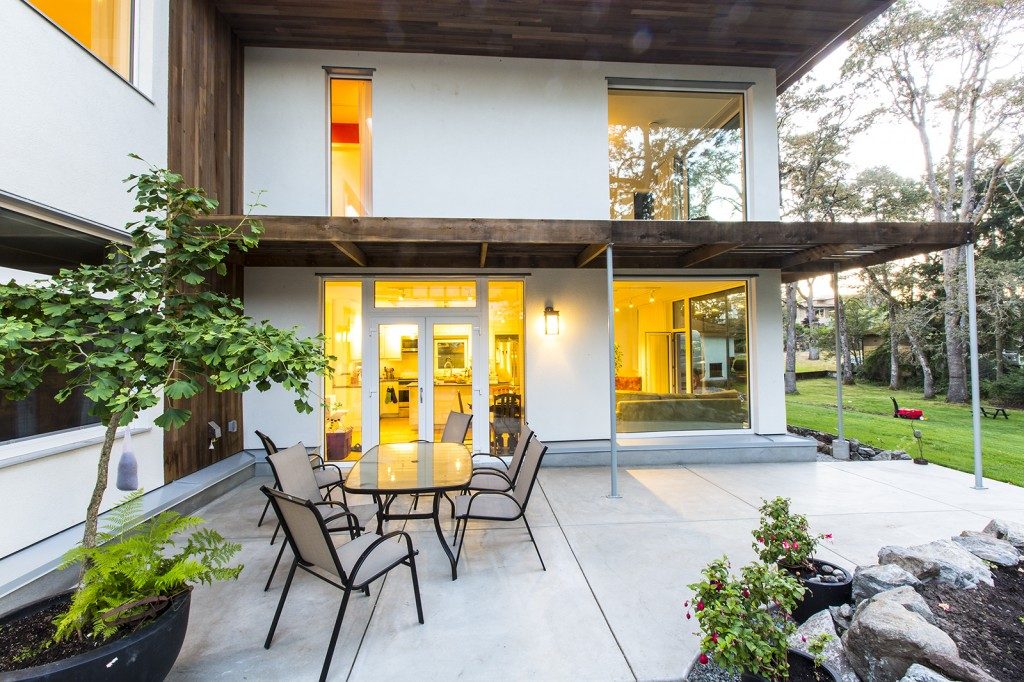


Leave a Reply